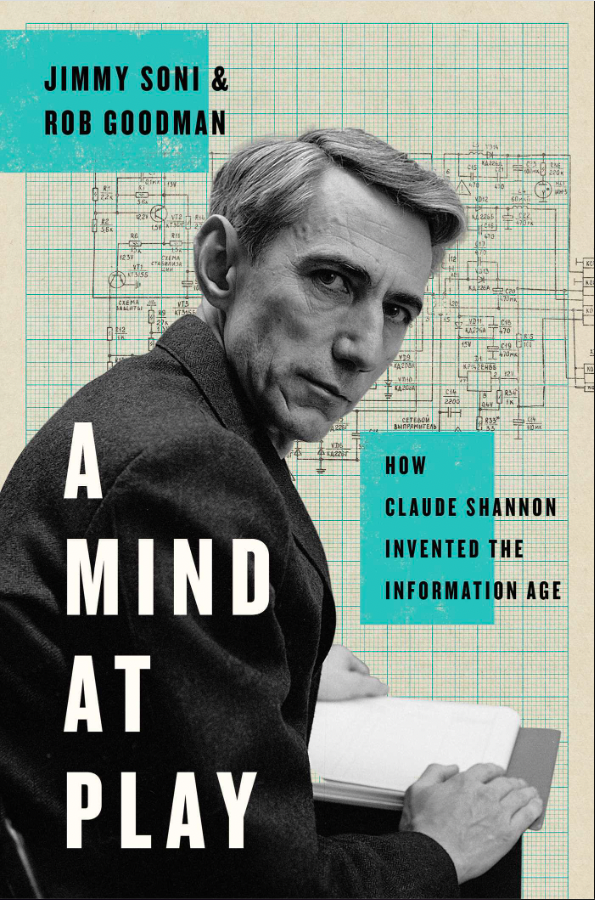
This is a tale of one of the world’s greatest minds. Extremely curious from a young age, he would attempt to satisfy his curious by building and tinkering. This among other things led him to his breakthrough theory — The Information Theory. This theory establishes two things. First is that, all information (photos, videos, text etc.) is digital and can be expressed and measured via a common unit — the bit (0s and 1s), and secondly, noise is a natural part of communication that occurs when more information beyond a certain limit, the Shannon limit is crammed through a channel over a period of time. Shannon’s Information Theory has massively influenced the fields on cryptography, communications and electronics. He also came up with the common communication model we know today.

Something that stood out for me was that even though the telegraph, morse code, television and the telephone had been invented, arguably the most important theory underpinning their function was discovered much later.
The book also describes his encounters with some of greatest scientists of the time — men like Vannevar Bush (his mentor), John Von Neumann, Hermann Weyl, Gödel, Alan Turing, Jon Pierce to mention a few — who he met during his time at Bell Labs, MIT and Princeton
I love how this book intertwines Shannon’s personal life with his professional life and how both deeply influenced each other. He was a shy, unassuming, private man. An avid chess player, a hobbyist, a juggler, jazz lover who enjoyed playing the clarinet. He could have been a celebrity scientist like Einstein or Alexander Bell but he chose not to but instead focus deeply on building things simply because he enjoyed it, not for any financial or status reasons. His wife, Betty Shannon also played a vital role in his both his professional and personal life. A mathematician in her own right who also worked at Bell Labs, she was instrumental to ironing out lots of the theoretical mathematical kinks in Claude’s theories and papers. She also actively participated in building many of Shannon’s “toys”.
In his later life, Shannon, Betty and his kids would become deeply interested in playing the stock market and with their experience with mathematics came up with successful strategies
I learnt about Information Theory in uni and wanted to get a better understanding of its role in modern technology and computing. This book solved most of that but I guess I was more impressed by his great personality and wholesome life outlook.